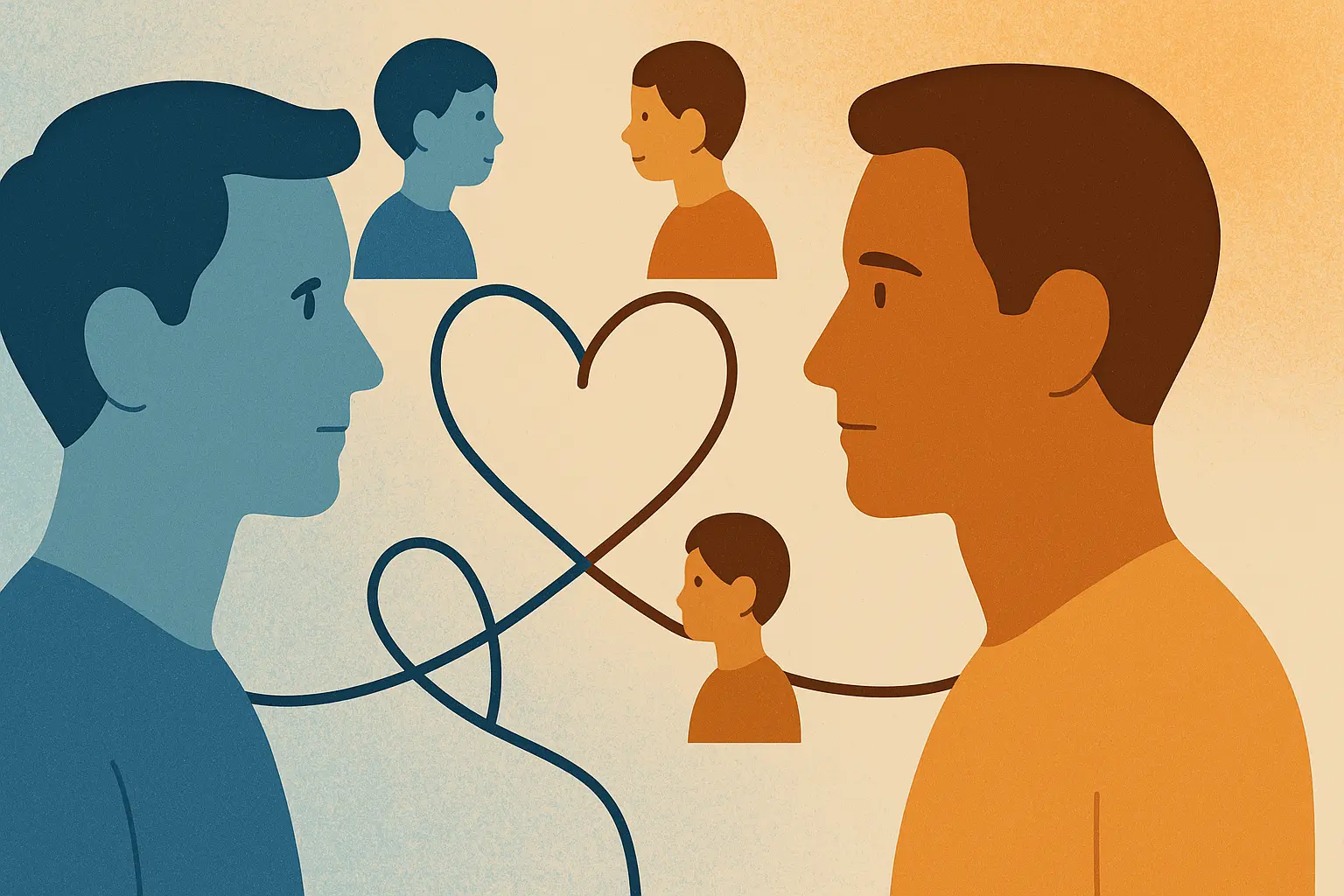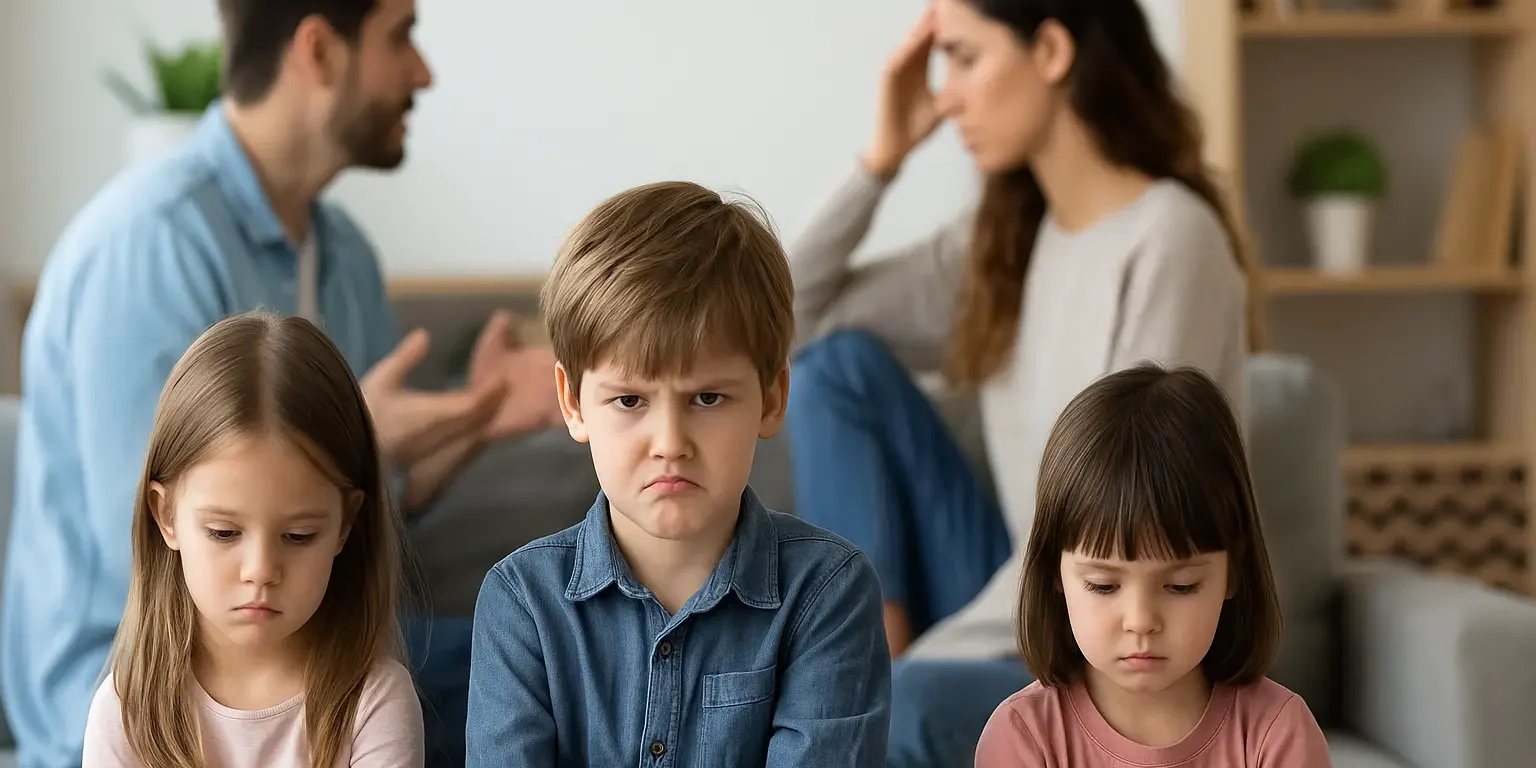Why Childhood Bonds Still Matter
Have you ever noticed how some people seem naturally secure in their relationships, while others struggle with trust, closeness, or fear of abandonment? The answer often goes back to childhood.
Attachment theory, developed by John Bowlby and Mary Ainsworth, explains how the emotional bonds we form with caregivers in early life create “templates” for how we connect with others as adults. These patterns influence everything, from friendships to romantic relationships, even the way we handle conflict.
Understanding your attachment style is not about blame. It is about awareness, and awareness is the first step toward healthier, more fulfilling relationships.
If you have ever wondered, “Why do my relationships always feel so hard?”, you may also find our guide on Relationship Counseling helpful.
What Is Attachment Theory?
Attachment theory suggests that children are born with a basic need for security and connection. When caregivers are attentive and responsive, children develop a secure attachment style, which fosters confidence, emotional regulation, and resilience.
But when care is inconsistent, neglectful, or chaotic, children may form insecure attachment styles:
- Anxious Attachment → Constant worry about rejection, need for reassurance.
- Avoidant Attachment → Difficulty trusting, emotional distance, fear of closeness.
- Disorganized Attachment → A confusing mix of both, often linked to early trauma.
These patterns do not disappear in adulthood; they show up in how we love, argue, and seek comfort.
If this resonates with you, you might also connect with our post on Recognizing PTSD symptoms, because unresolved trauma and insecure attachment often go hand in hand.
How Childhood Attachment Shapes Adult Relationships
Trust & Intimacy
Securely attached adults find it easier to rely on others, set boundaries, and be vulnerable.
Insecure attachment may cause either clinginess (anxious) or emotional withdrawal (avoidant).
Conflict Resolution
Secure attachment encourages open communication and problem-solving.
Insecure attachment often leads to cycles of fighting, shutting down, or fear of abandonment.
Romantic Love
Studies show securely attached partners report higher relationship satisfaction.
Insecure partners may struggle with jealousy, mistrust, or difficulty expressing needs.

Intergenerational Cycles
Attachment is not just personal; it can be passed down. Parents often model the same patterns they grew up with, unless they actively work to break the cycle.
If you are navigating challenges in your own relationship, our page on Couples Counseling in Pittsburgh explains how therapy can help partners understand and heal these attachment-driven patterns.
Cultural Factors in Attachment
One critique of attachment theory is its Western focus. Parenting styles, cultural expectations, and community values all influence attachment behaviors. For example:
- In some cultures, independence is emphasized early.
- In others, interdependence and family closeness are prioritized.
Both approaches can foster healthy attachment, but it is important to understand that context matters.

Healing Attachment Wounds in Adulthood
The good news? Attachment styles are not fixed for life. Through therapy, self-reflection, and healthy relationships, it is possible to shift toward secure attachment.
Some ways therapy can help include:
- Identifying patterns → noticing how your childhood experiences show up in current relationships.
- Building emotional regulation skills → learning to soothe anxiety or open up to closeness.
- Practicing safe connection → using the therapeutic relationship as a model for trust and vulnerability.
At WPA Counseling, we integrate attachment-based therapy into our work with individuals, couples, and families. Whether you are dealing with anxiety, trauma, or relationship struggles, exploring attachment can be a powerful part of healing.
Explore how our Family Counseling services support healthier bonds across generations.
Practical Steps for Personal Growth
You do not need to be in therapy to start making changes. Here are a few self-guided steps:
- Notice triggers → When do you feel clingy, distant, or fearful in relationships?
- Challenge old beliefs → Replace “I’ll be abandoned” with “I am worthy of love and support.”
- Communicate openly → Share your needs with trusted friends or partners.
- Practice self-soothing → Use mindfulness or grounding to regulate intense emotions.
If these steps feel difficult, that is normal. It often takes guidance to break old cycles.
Breaking Cycles, Building Healthier Bonds
Your earliest bonds with caregivers shape how you connect in adulthood, but they do not have to define you forever. With awareness, effort, and sometimes professional support, you can cultivate secure, fulfilling relationships that reflect the love and trust you deserve.
If you are ready to explore your attachment patterns and build healthier connections, our team is here to help.
Learn more about Individual Counseling in Pennsylvania
Discover Marriage & Couples Counseling
Explore our approach to Trauma Counseling in Western PA








